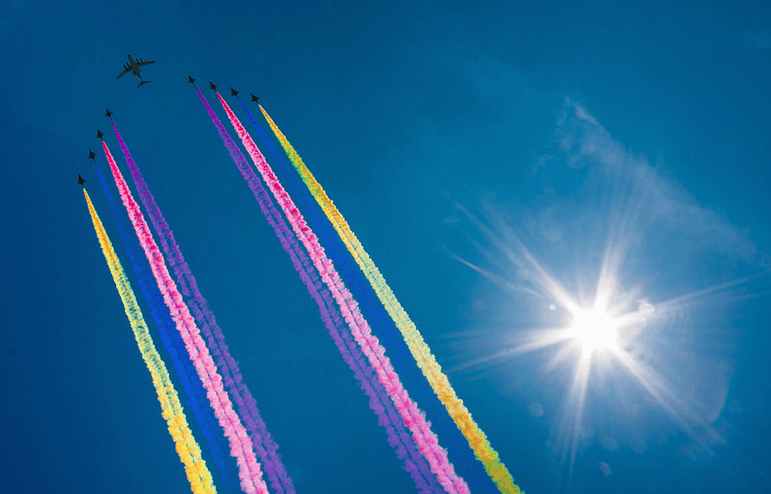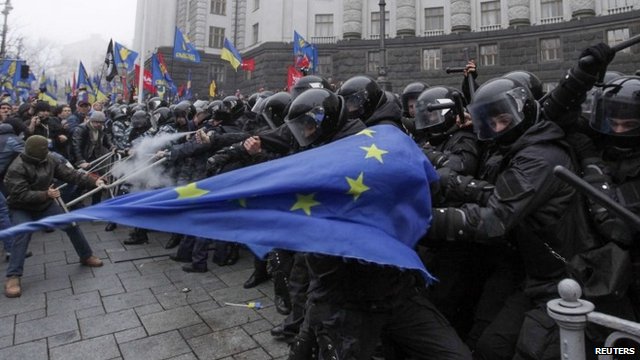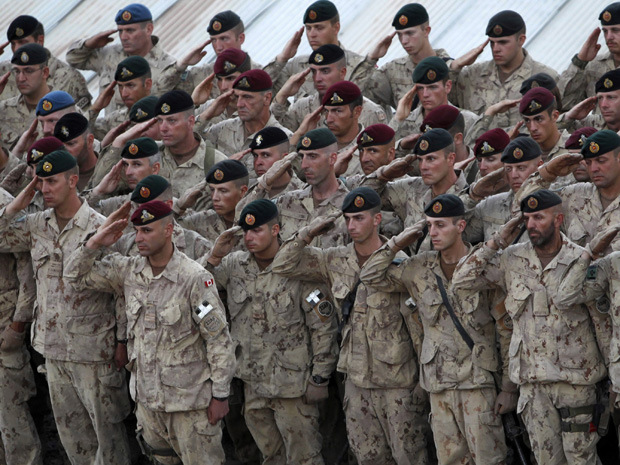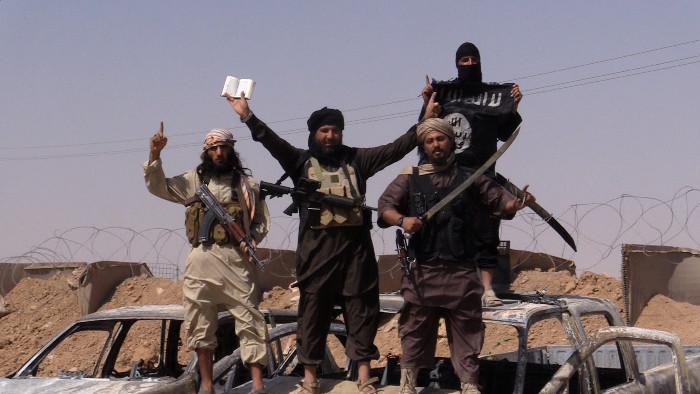On September 3, the People’s Republic of China commemorated the surrender of Japan and the end of World War II in a fashion and on a scale unprecedented in recent Chinese political history. This overt show of hard power and nationalist overtones of the parade have left capitals in both the Asia-Pacific and the West nervously contemplating what this signals for China under Xi Jinping.
Above all else, the 2015 Victory Day parade in Beijing highlights the part history plays in informing Xi Jinping’s world view and the global role that he perceives belongs to China as a ‘returning power’.
A rare demonstration of Beijing’s strength
The September 3 parade was one of the largest observed in China. More than 12,000 service members of the People’s Liberation Army (PLA), along with detachments from other nations such as the Russian Federation, marched through Tiananmen Square, where three decades earlier pro-democracy protestors had made their stand. Among the massed formations of troops in battle dress were over 500 armoured vehicles and a phalanx of Type 99 main battle tanks, while overhead a formation fly past took place involving a fleet of over 200 helicopters, fighter and transport aircraft.
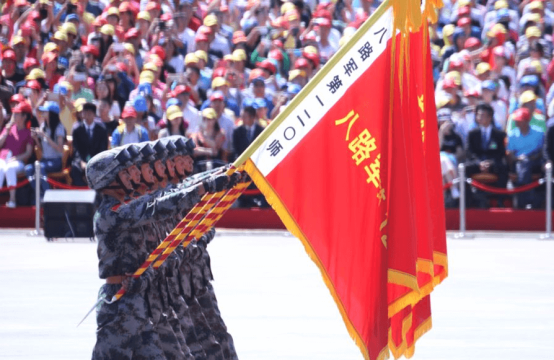 Of significant interest to military analysts were the newer and increasingly sophisticated weapons systems on display. In full view of the Chinese Politburo, international media and the viewing public, the PLA’s Second Artillery Force, the formation commanding China’s thermonuclear and ballistic missile forces, showed off its deadliest weapons.
Of significant interest to military analysts were the newer and increasingly sophisticated weapons systems on display. In full view of the Chinese Politburo, international media and the viewing public, the PLA’s Second Artillery Force, the formation commanding China’s thermonuclear and ballistic missile forces, showed off its deadliest weapons.
The DF-21D ballistic missile, termed the ‘carrier killer’, garnered significant attention. This weapon, the latest variant of China’s medium-range ballistic missile, is designed to sink a 100,000 ton Nimitz class aircraft carrier. Its destructive capability was revealed by Taiwan’s investigation into a recent weapons test in the Gobi Desert. Also in appearance was the DF-26 intercontinental ballistic missile, weapon capable of striking Andersen Air Force Base in Guam, which hosts the United States’ 36th Wing, the mainstay for US Air Force operations in the Western Pacific. These systems could be deployed by the PLA against the US and Japanese forces in what US Pacific Command terms as Anti-Access /Area Denial (A2/AD), thereby limiting US action in the region.
Presenting China as a responsible international actor
The message that the Chinese Communist Party (CCP) sought to present was multifaceted and in many ways represented a dichotomy between the narrative and the setting. The image the CCP and state media strove to convey was China as a militarily powerful, yet an internationally-orientated actor mindful of the lessons of World War II.
In contemporary Chinese political history, the massive and overt show of strength by the PLA was an incredibly rare event, being only China’s fourth military parade in the post-Mao era. In seeking to present China as an internationally-minded actor, President Xi opened up the parade to over thirty international leaders. These included the UN Secretary General Ban Ki Moon, Russian President Vladimir Putin and pointedly, South Korea’s President Park Geun-hye. The latter received significant attention from Xi at the expense of North Korean envoy Choi Ryong Hae, representing a significant downgrading of China’s military ally.
Although western leaders declined to attend, China sought to legitimise the parade’s message and attempt to avoid a repeat of the boycott of Russia’s Victory Day parade by inviting former leaders such as British Prime Minister Tony Blair.
President Xi Jinping was the principal conduit of the parade’s message. In his speech, Xi announced that the PLA would be reduced in size by 300,000 personnel, the largest cuts in two decades. Xi also extolled the two million-strong army as a force committed to world peace, the United Nations and international stability. His speech emphasised China’s wider commitment to peace, mentioning the word no fewer than thirteen times. “War is the sword of Damocles that still hangs over mankind,” said Xi, “we must learn the lessons of history and dedicate ourselves to peace.”
The message was thus clear: China is a now a major military power in the Asia-Pacific to be respected, yet Beijing remains committed as a stakeholder in international peace. While this message is not without a degree of irony given the context of its delivery, recent tensions in the South and East China Seas meant it was a message Beijing needed to present to an increasingly troubled region.
A vision of China’s future shaped by its past
Meanwhile, the parade’s domestic message was very different and heavily anti-Japanese. September 3 was the first time Beijing has held a parade that did not commemorate the founding of the People’s Republic of China in 1949. The decision on this occasion to commemorate the defeat of Japan suggests a continuing trend towards the use of Japan as a renewed source of legitimacy by the CCP.
Of the PLA formations marching through Beijing, all were from regiments and field armies associated with the war with Japan, with each formation’s history and victories over Japan celebrated by Chinese state media.
Since coming to power in late 2012, President Xi Jinping’s policies and recent moves by Beijing in Asia have revealed his world view to be shaped by the so-called Century of Humiliation. During this period, beginning in 1839 with the First Opium War and annexation of Hong Kong by the British Empire, China was occupied by foreign powers. It culminated in 1949 with the expulsion of the Japanese and Chang Kai-Shek’s western-backed Kuomintang government.
The parade was intended to affirm the historical narrative that China defeated the Japanese invasion under the leadership of the Communist Party, thus ending the Century of Humiliation. The implication from this is that only the Communist Party under Xi Jinping can maintain security in an East Asian regional order in which Japan is the defeated aggressor and China is the responsible stakeholder.
This parade reflects a China whose future under President Xi Jinping looks to be defined by its past. Every Chinese leader has his own phrase seeking to conceptualize China’s role in the world. Xi’s predecessor, Hu Jintao called for the creation of a ‘harmonious society’ and a ‘peaceful rise of China’. Xi seeks the ‘China Dream’, a philosophy which centres on national rejuvenation to be achieved by the centenary of the People’s Republic of China in the year 2049. This parade in its execution and message represents the beginnings of a dream made manifest.

